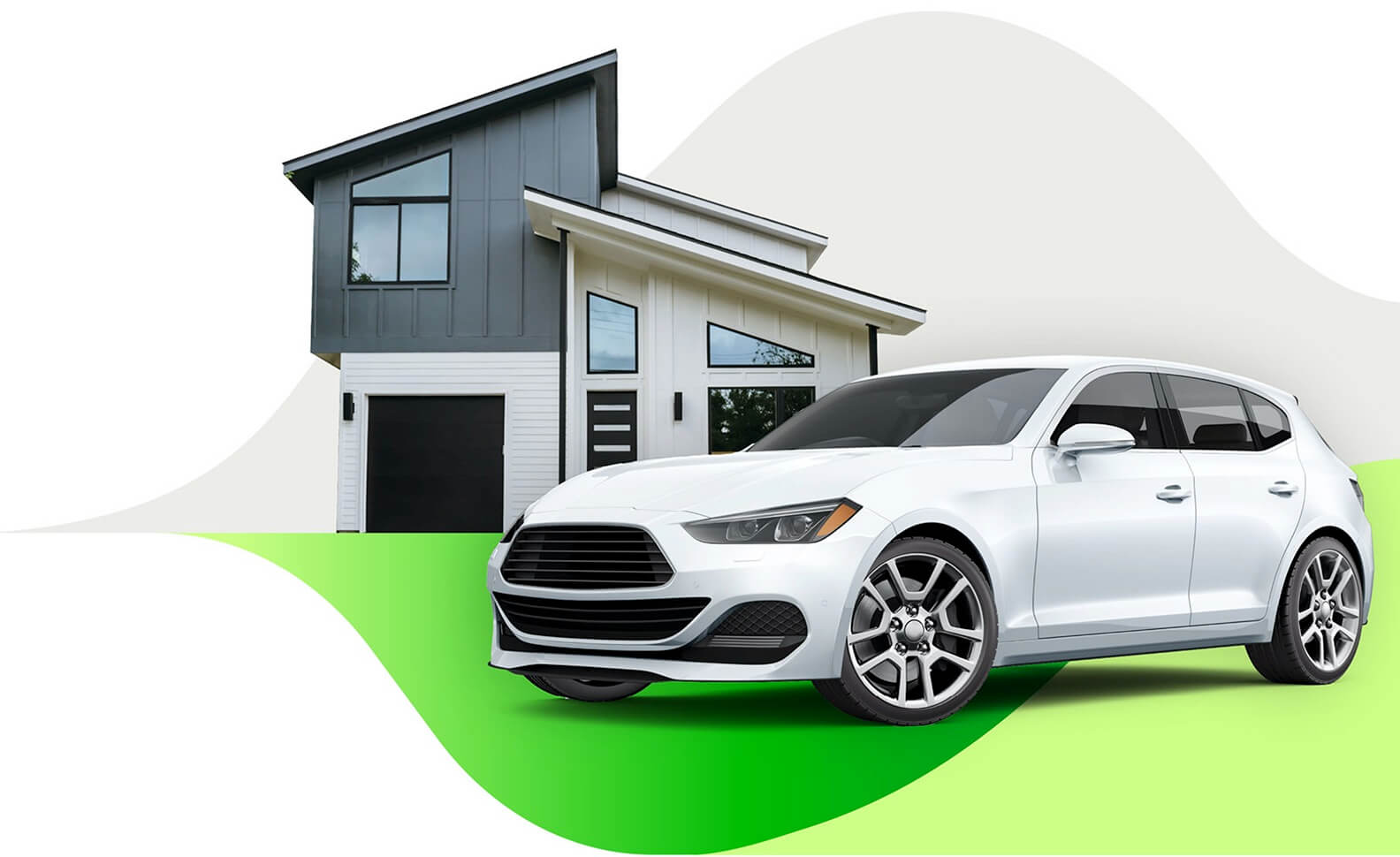Essential
Why Car Insurance is Important in Hawaii
Car insurance in Hawaii is not just a legal requirement but also a vital protection for drivers against the unique risks of the state’s roadways.
- Weather and Natural Hazards: Hawaii’s tropical climate can lead to sudden rains, flooding, volcanic activity, and even hurricanes, all of which can damage vehicles.
- Tourist Traffic: With millions of annual visitors, Hawaii's roads can get busy, especially near tourist hotspots, increasing the risk of accidents.
- Unpredictable Terrain: From mountain roads to coastal highways, Hawaii’s varied terrain adds complexities to driving, making comprehensive coverage a must.
- Uninsured Drivers: Though required by law, not all drivers in Hawaii have insurance, so protection against uninsured motorists is essential.
Coverage
What Does Car Insurance Cover in Hawaii?
Hawaii operates as a "no-fault" state, which means that after an accident, your own insurance pays for your medical expenses, regardless of who caused the crash, and the at fault driver’s insurance covers damages. At a minimum, car insurance policies in Hawaii must cover the following state-mandated requirements:
- Personal Injury Protection (PIP): Coverage for others’ medical costs when you’re at fault. Minimum limit of $10,000 per person.
- Bodily Injury Liability: Coverage for others’ medical costs when you’re at fault. Minimum of $20,000 per person and $40,000 per accident.
- Property Damage Liability: Coverage for others’ vehicles or property when you’re at fault. Minimum $10,000 per accident.
- Uninsured/Underinsured Motorist Coverage: Coverage for your injuries if the other party doesn't have sufficient insurance. Limits typically mirror your liability, but UM/UIM limits cannot be more than your liability.
- Added to standard policies. If you wish to remove it, you must reject it in writing.
Personal injury protection pays for your medical expenses, but liability coverage only pays for the other party if you’re at fault. To repair your vehicle, additional coverage is needed.
Options
Additional Coverage Options for Hawaii Car Owners
Meeting Hawaii’s legal requirements alone is often not enough to handle all types of risks. Goosehead Insurance recommends additional coverage options for better protection and peace of mind.
- Collision Coverage: Helps pay for damages to your vehicle caused by a covered accident based on your deductible.
- Comprehensive Coverage: Helps pay for non-collision damages to your vehicle caused by a covered accident based on your deductible.
- Roadside Assistance: Helps pay for the cost of towing your vehicle if it cannot be driven due to an accident or breakdown.
- Rental Car Reimbursement: Helps pay for the cost of a rental car while your vehicle is being repaired after a covered accident.
- Increase Liability Limits: Some drivers see the benefit of increasing their bodily injury and property damage limits to avoid costly out of cost expenses if they end up being the at-fault driver.
Each driver's needs are unique, so discussing your driving habits and circumstances with a Goosehead Insurance agent can help determine the best additional coverage for you.
Get an Auto Insurance Quote for Hawaii Today
Navigating Hawaii’s roads should bring joy, not stress. A car insurance policy from Goosehead Insurance ensures you drive with confidence and peace of mind.
Call or click today to speak with an agent or request a free, no-obligation quote for car insurance in Hawaii With Goosehead Insurance, protecting your car means protecting your lifestyle in paradise.
Cost
How Much Does Car Insurance Cost in Hawaii?
Several factors influence car insurance premiums in Hawaii and knowing these can help you make informed decisions about your coverage.
- Driving Record: Clean records lead to lower premiums, while tickets and accidents increase costs.
- Type of Vehicle: Cars with high repair costs, like luxury or sports models, generally have higher rates.
- Location: Urban areas like Honolulu may have higher premiums due to increased traffic and theft risks.
- Mileage: Frequent use of your car increases premiums compared to vehicles used occasionally.
- Age: Younger drivers may pay higher rates due to inexperience, while seasoned drivers often enjoy lower premiums.
Hawaiian drivers pay on average $400 annually for minimum coverage, while comprehensive policies can average out to $1,700 annually depending on the level of coverage and the factors above.
Save
Ways to Save on Car Insurance in Hawaii
Hawaiian drivers can explore several strategies to reduce car insurance costs while maintaining adequate coverage.
- Bundle Insurance Policies: Combine auto insurance with other policies, like homeowners or renters insurance, for discounts.
- Good Driver Discounts: Maintain a clean driving record to benefit from reduced rates.
- Vehicle Safety Features: Equip your car with features like anti-theft devices, advanced airbags, or anti-lock brakes to qualify for discounts.
- Loyalty Discounts: Maintaining a long-term relationship with an insurer can result in savings.
Choose Goosehead
Why Choose Goosehead Insurance for Your Hawaii Car Insurance Policy?
At Goosehead Insurance, we prioritize your specific needs to provide you with the best car insurance policy for driving in Hawaii. Here’s why locals trust us for their insurance needs:
- Tailored Comparisons: We use our extensive network of top-rated carriers to find the best coverage for your unique lifestyle.
- Personalized Guidance: Hawaii’s driving conditions and laws can be complex, but our agents simplify the process and help you choose the right policy.
- Convenience: From quick quotes to seamless policy setup, we handle the hassles of insurance, so you don’t have to.
- Trusted Support: Our dedication doesn’t end with a policy—we’re here to assist with questions, claims, and policy adjustments as life changes.

